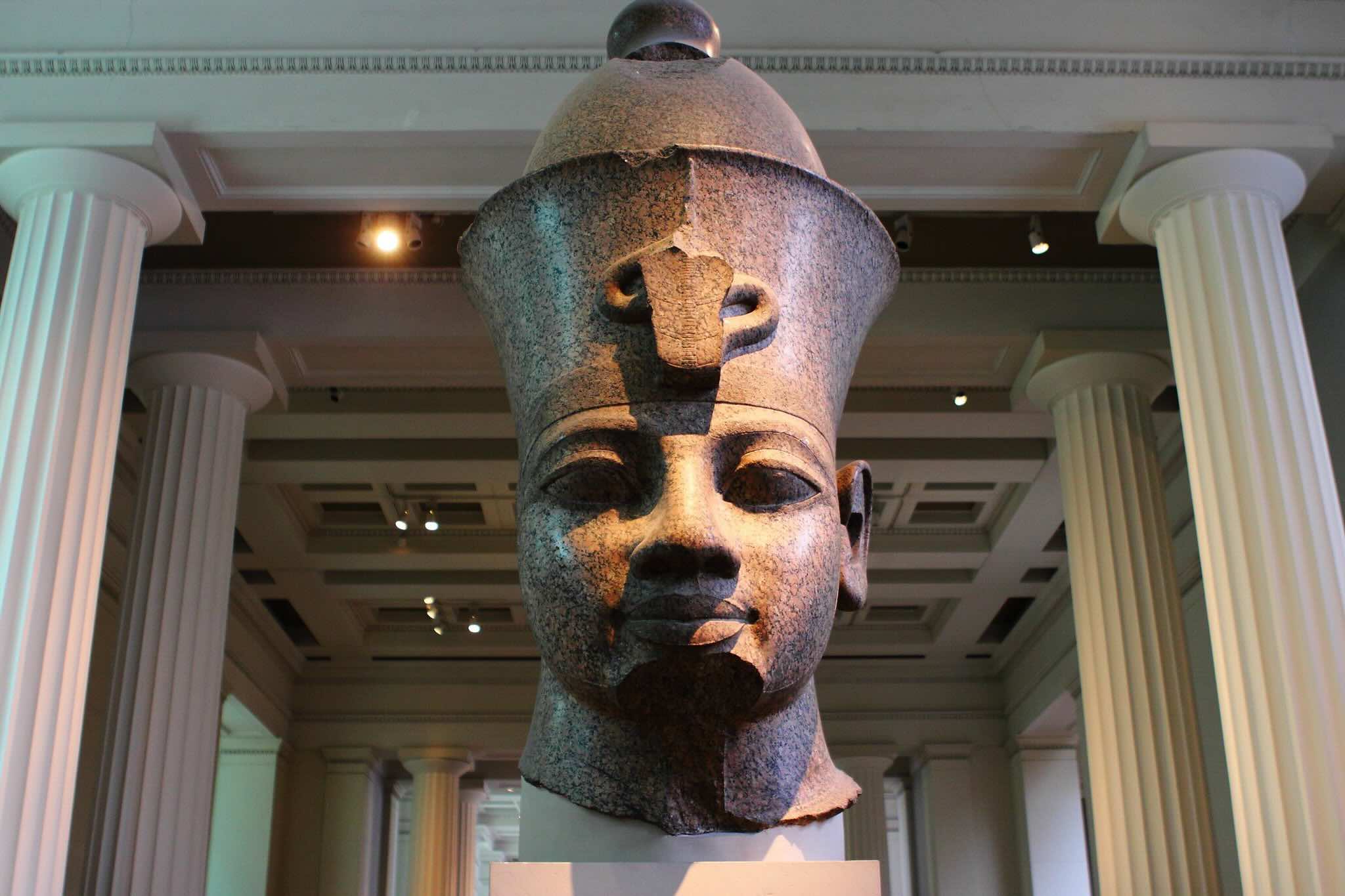
Atenism was a revolutionary monotheistic religion introduced by Pharaoh Akhenaten in ancient Egypt. This faith centered around the worship of Aten, the sun disk, and marked a significant departure from the traditional polytheistic beliefs of the time. Akhenaten's radical shift not only altered religious practices but also influenced art, culture, and politics. Why did Atenism emerge, and what made it so unique? Atenism's emphasis on a single deity, its impact on Egyptian society, and its eventual decline after Akhenaten's death are all fascinating aspects to explore. Dive into these 25 intriguing facts about Atenism to understand its significance and legacy in ancient history.
What is Atenism?
Atenism was a unique form of monotheism introduced in ancient Egypt. It revolved around the worship of Aten, the sun disk. Let's dive into some fascinating facts about this ancient religion.
- Atenism was established by Pharaoh Akhenaten during the 18th Dynasty of Egypt.
- Akhenaten originally named Amenhotep IV, changed his name to reflect his devotion to Aten.
- The religion focused on Aten, depicted as a sun disk with rays ending in hands.
- Akhenaten moved the capital from Thebes to a new city called Akhetaten, now known as Amarna.
- Atenism rejected the traditional Egyptian pantheon of gods, promoting Aten as the sole deity.
Key Beliefs and Practices
Atenism had distinct beliefs and practices that set it apart from traditional Egyptian religion. Here are some key aspects:
- Akhenaten declared himself the only intermediary between Aten and the people.
- Daily life and rituals were centered around the worship of Aten.
- Temples dedicated to Aten were open-air, unlike the enclosed temples of other gods.
- Hymns to Aten, such as the Great Hymn to the Aten, were composed to praise the deity.
- Traditional religious practices and festivals were abolished or altered to fit Atenism.
Impact on Art and Culture
Atenism significantly influenced Egyptian art and culture. Let's explore how:
- Art during Akhenaten's reign became more realistic and less idealized.
- Depictions of the royal family showed them in intimate, affectionate poses.
- Akhenaten and his queen, Nefertiti, were often shown with elongated heads and bodies.
- Aten was depicted as a sun disk with rays ending in hands, a unique representation.
- The Amarna Period, named after the new capital, saw a brief flourishing of this artistic style.
Decline of Atenism
Atenism's influence was short-lived, and it faced a rapid decline after Akhenaten's death. Here are some reasons why:
- Akhenaten's successor, Tutankhamun, restored the traditional gods and moved the capital back to Thebes.
- The priests of Amun, a powerful deity, regained their influence and power.
- Akhenaten's monuments and inscriptions were defaced or destroyed.
- Atenism was seen as a heretical deviation from traditional beliefs.
- The memory of Akhenaten and Atenism was largely erased from Egyptian history.
Modern Discoveries and Interpretations
Recent archaeological discoveries have shed new light on Atenism. Here are some intriguing findings:
- The city of Amarna provides valuable insights into the daily life and architecture of the period.
- Excavations have uncovered artifacts and inscriptions related to Atenism.
- Scholars continue to debate Akhenaten's motivations and the true nature of Atenism.
- Some researchers suggest that Atenism influenced later monotheistic religions.
- The study of Atenism helps us understand the complexities of ancient Egyptian religion and society.
The Legacy of Atenism
Atenism, though short-lived, left a lasting mark on ancient Egyptian history. Akhenaten’s bold move to shift from polytheism to monotheism was revolutionary. This religious upheaval, centered around the worship of Aten, the sun disk, challenged traditional beliefs and practices. Despite its eventual decline after Akhenaten’s death, Atenism influenced future generations and religious thought.
The art and architecture from this period, with its unique style and emphasis on naturalism, continue to captivate historians and archaeologists. Akhenaten’s reign, marked by radical changes, offers a fascinating glimpse into the complexities of ancient Egyptian society and religion.
Understanding Atenism provides valuable insights into the dynamics of power, religion, and culture in ancient Egypt. It reminds us how one individual’s vision can reshape an entire civilization, even if only for a brief moment. The story of Atenism remains a testament to the enduring human quest for spiritual understanding and innovation.
Was this page helpful?
Our commitment to delivering trustworthy and engaging content is at the heart of what we do. Each fact on our site is contributed by real users like you, bringing a wealth of diverse insights and information. To ensure the highest standards of accuracy and reliability, our dedicated editors meticulously review each submission. This process guarantees that the facts we share are not only fascinating but also credible. Trust in our commitment to quality and authenticity as you explore and learn with us.
